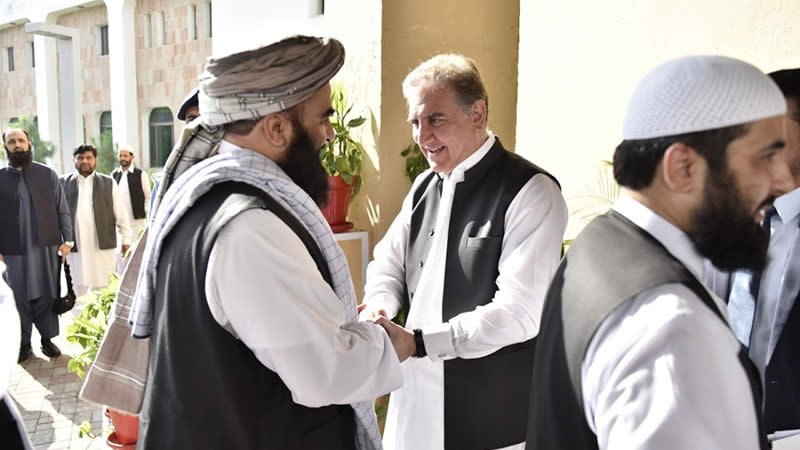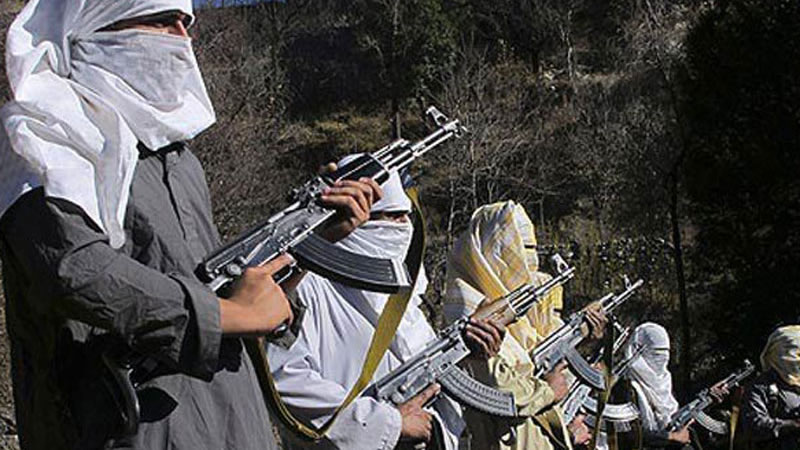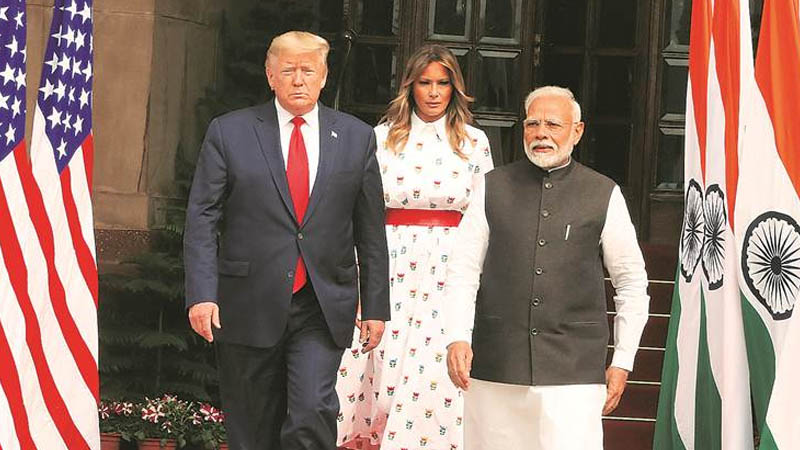 The failure of Oil and Gas Development Company Limited (OGDCL) to revive Qadirpur gas field after spending around 30 million dollars in the installation of 14 compressors is a source of deep concern to all the stakeholders.The government must initiate an inquiry without any further loss of time to determine the reasons for the failure of this rather expensive revival activity. According to sources, OGDC maintains that it had proposed the installation of the compressors two years ago and the inordinate delay is the reason behind the failure of this strategy to revive the gas field.Affected by the supply shortfall would be the Sui Northern Gas Pipeline (SNGP) network which would be compelled to further increase gas loadshedding duration as well as extend loadshedding to other areas during the oncoming peak demand winter season. Qadirpur is the sole supply source for Punjab and some parts of Sindh and hence failure to revive it would have major repercussions on industry, agriculture as well as households.
The failure of Oil and Gas Development Company Limited (OGDCL) to revive Qadirpur gas field after spending around 30 million dollars in the installation of 14 compressors is a source of deep concern to all the stakeholders.The government must initiate an inquiry without any further loss of time to determine the reasons for the failure of this rather expensive revival activity. According to sources, OGDC maintains that it had proposed the installation of the compressors two years ago and the inordinate delay is the reason behind the failure of this strategy to revive the gas field.Affected by the supply shortfall would be the Sui Northern Gas Pipeline (SNGP) network which would be compelled to further increase gas loadshedding duration as well as extend loadshedding to other areas during the oncoming peak demand winter season. Qadirpur is the sole supply source for Punjab and some parts of Sindh and hence failure to revive it would have major repercussions on industry, agriculture as well as households.
In addition it maybe recalled that SNGPL had committed to providing 100 mmcfd of gas to Engro Chemical’s new fertiliser plant – a project that would undoubtedly be compromised until and unless the gas shortfall is met on an emergent basis. Engro project does reveal the obvious: that failure to meet the country’s energy demand third year running would further compromise the ability of the productive sectors to meet their operational targets with a resulting negative impact on gross domestic product as well as employment levels in the country.In other words the country’s productive sectors’ capacity to produce would be further affected and this is indeed a serious concern. One way out of this dilemma is to import gas. In this context two projects that have the capacity to meet our gas needs are the Iran-Pakistan gas pipeline, not supported by the United States, and the Turkmenistan-Afghanistan-Pakistan-India (TAPI) gas pipeline which the US has supported but has been unable to bring to fruition because of continuing security concerns associated with Afghanistan. While there has been some intermittent progress on these two projects yet it must be borne in mind that not only have they been in the design/negotiation stage for over a decade but they are also expected to take from four to five years from the time that the pipeline begins to be laid till gas can be made available to Pakistan. Hence reliance on these two projects in the short run is unwise.
The only option at present is to meet the shortfall through gas imports. In this context it is critical to the government to ensure that the tendering process is transparent and follows standard procedures. It is relevant to note that in February this year the Supreme Court cancelled a contract for 3.5mm tons of liquefied natural gas (LNG) per year for six years to French oil and gas company GdF Suez, citing irregularities in the tendering process.According to the ruling published on the SC website, Ministry of Petroleum and Natural Resources had accepted bids from Suez and Royal Dutch Shell but had ignored a lower-priced offer by a consortium of Europe-based oil company Vitol and a business foundation controlled by Pakistan’s armed forces. Shaukat Tarin the then Finance Minister had stated that Vitol consortium had complained to him after its offer wasn’t considered. The ruling “should be a lesson to all departments in the government” to act more professionally, he had added. One hopes that this sage advice is followed in letter and spirit.
Pakistan was once a major gas producer, but it has underinvested in exploration for natural resources and now has been forced to look overseas for supplies. The US has been urging Pakistan to import LNG from Qatar, a major producer located in the nearby Persian Gulf, to stop looking at Iran for gas supplies. It is hoped that at least in the short-term the government takes the appropriate measures to begin import of gas from Qatar in a move to resolve our short-term supply shortages – Brecorder











